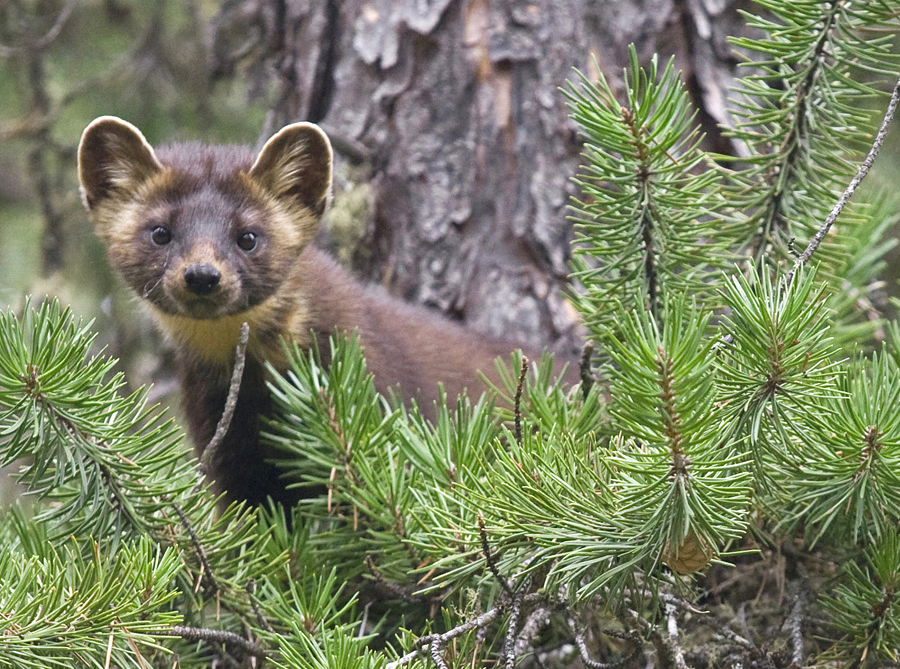
Biodiversity is all around us — it’s the variety of life on Earth, from the tiniest insect to a vast northern forest. Biodiversity is also about being connected – no species, including people, can live without others to provide it with food and habitat. All living things are part of this life system.
The benefits we get from biodiversity are called ecosystem services and they keep us healthy, help make our homes and families safe from natural disasters like floods, strengthen and feed our communities, and power our economy.
This natural infrastructure also supports our forest, farming, fishing and recreation and tourism industries.
A lot is known about many Ontario species, especially mammals, birds, reptiles, amphibians, fishes and vascular plants (those with roots, stems and leaves). Yet we have much to learn about the majority of species found here, such as beetles, moths and other insects, spiders and fungi. And new species are still waiting to be discovered. Ecologists and naturalists regularly find native species that have not been previously documented in Ontario. Recent fieldwork has uncovered several insect and lichen species that are new to the province and one undescribed species of lichen that is new to science.
Genetic diversity is the foundation that underpins biodiversity. Individual genes (segments of DNA molecules) provide the code that enables organisms to survive, grow and reproduce. Genes are also the basis for the traits that are passed on from parents to their offspring. Diversity at the genetic level allows species to adapt to environmental stressors, such as habitat change, new diseases and climate change, and to persist through time. Populations of most species are genetically adapted to local conditions and climate.
Research in Ontario has shown the importance of using locally adapted genetic strains in the management of species such as Eastern White Pine and Lake Trout and of maintaining genetically diverse populations of common and widespread species. When a species’ genetic diversity declines through a decrease in population, isolation from other populations and inbreeding, the resulting reduction in survival and reproduction rates can lead to a loss of populations. In some cases, unique genetic resources may be lost forever. Connectivity of landscapes is critical for species movement and gene flow, helping them to be more adaptable and resilient to disturbance.
Monitoring the genetic diversity of Ontario’s species is a huge task but is essential for effective biodiversity conservation. Through collaborative research and monitoring by government agencies, scientists, non-government organizations, businesses and members of the public, our knowledge of Ontario’s genetic diversity will continue to improve.
It is estimated that Ontario has approximately 30,000 species and is ranked among the provinces with the highest diversity of known species in Canada (CESCC, 2022). The majority of species are insects, followed by thousands of different species of plants and hundreds of vertebrate species — mammals, birds, reptiles, amphibians and fishes.
Ecosystem diversity is the third level of biodiversity. An ecosystem can be very small, such as a pond, or very large, like the Hudson Bay Lowlands, which comprise about one-quarter of Ontario. An ecosystem is characterized by what grows, lives and dies within that space and by the interactions of air, water, soil, rock and living organisms. These interactions create important ecosystem processes, such as primary production, decomposition and cycling of nutrients and energy.
Ontario’s rich diversity of ecosystems includes a significant portion of the global boreal forest, an expansive forested ecosystem that crosses Canada. Other smaller ecosystems are also important. For example, the tallgrass prairie and savannah habitats in southern and northwestern Ontario support unique communities of plants and animals. Impressive coastal dune ecosystems are found on the shores of the Great Lakes, and alvars (flat open limestone ecosystems on the landscape) provide the essential habitat for maintaining the genetic diversity and long-term future of Ontario’s species, as well as the continued benefits to humans from ecosystem services.
Sustainable management of Ontario’s diverse ecosystems also helps to provide enduring benefits from biodiversity.
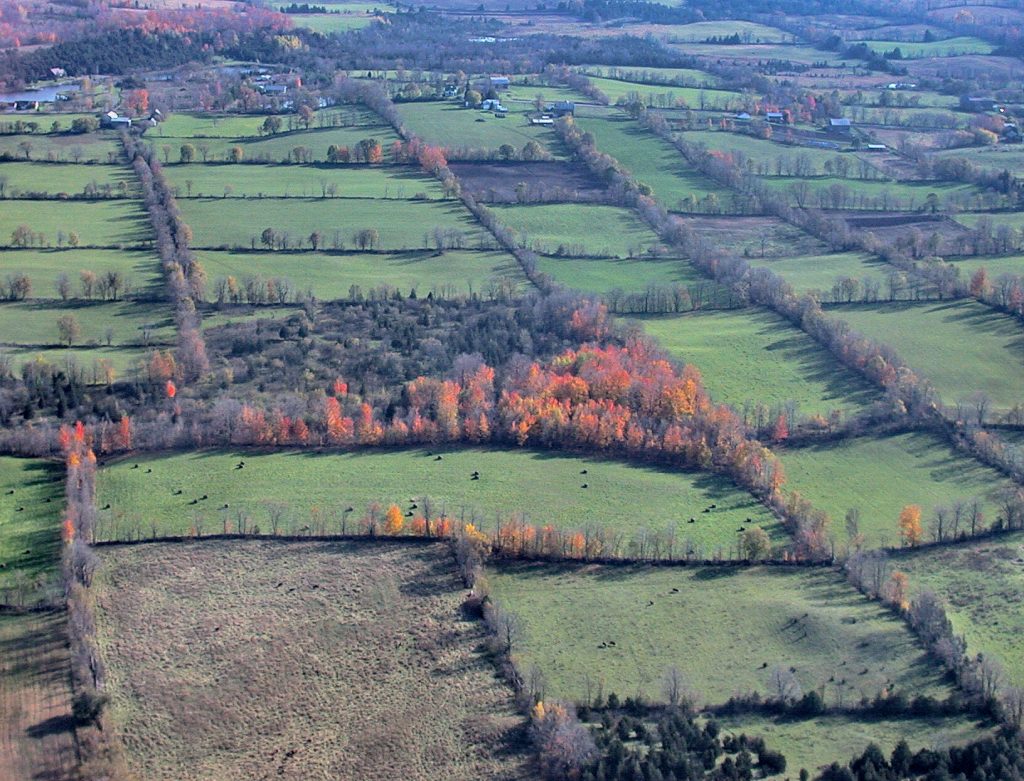
Ontario is made up of more than one million square kilometres of land and water and is one of the most biodiverse provinces in Canada. It includes:
The natural bounty of plants and animals, land, lakes and rivers, forests and other ecosystems provide us with a healthy environment, clean air, productive soils, nutritious foods, and safe, clean water.
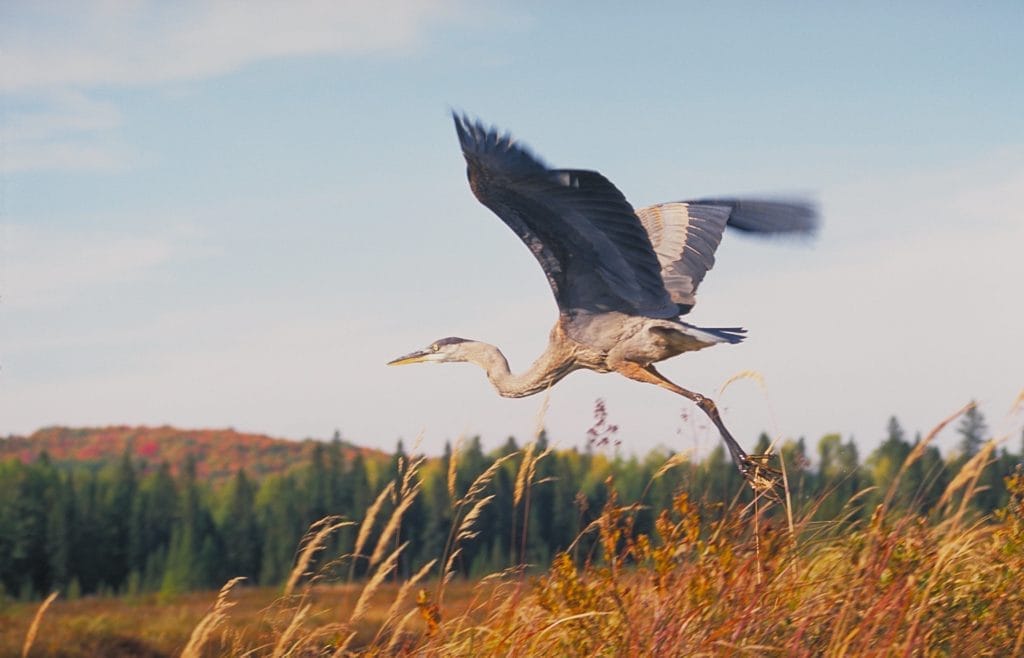
Biodiversity is all around us — it’s the variety of life on Earth, from the tiniest insect to a vast northern forest. Biodiversity is also about being connected – no species, including people, can live without others to provide it with food and habitat. All living things are part of this life system.
We all understand and value nature differently, depending on our cultures, knowledge systems and environments. In some worldviews, people are a part of nature, while in others they are separate. The way we value nature impacts the decisions we make.
According to the Intergovernmental Science-Policy Platform on Biodiversity and Ecosystem Services (IPBES, 2022), there are four main ways that people see themselves in relation to nature. These are:
Our society can make better decisions about biodiversity when we value it appropriately. To do that we can:
Aside from all the benefits biodiversity brings to our lives, it deserves to be recognized, appreciated and protected in its own right.
Ontario’s 30,000 known species live in interconnected ecosystems that have evolved over thousands of years. This is a truly amazing wealth of life, from tiny fungi to vast northern forests, from Piping Plovers to Polar Bears.
Often, when we think about the value of nature, we understand it best when thinking about how it impacts our lives, keeps us healthy, fuels our economy, and builds our communities. However, it’s important to remember that we are a part of nature – not apart from it and the actions we take to conserve it should be taken for our own benefit, and also for biodiversity itself.
Traditionally, development is based on a model of economic growth, without considering the ecological costs. We measure our collective success primarily by economic indicators, such as the gross domestic product. And although a strong business case can be made to live within the means of nature — because healthy ecosystems sustain healthy people and a healthy economy — we do not incorporate nature into the balance sheets of companies, communities or countries.
Our economic measures focus on income, not on the state of the natural capital that is the underpinning of our communities and economy. As a result, biodiversity losses are not accounted for as a decline in economic wealth. However, many companies, communities and countries are now realizing the value of healthy natural ecosystems. Research has shown that the ecosystem services arising from biodiversity in southern Ontario alone, such as pollination, water storage and purification, are worth many billions of dollars that are missing from the balance sheets that inform our decisions.
In addition to providing us with the necessities of life, biodiversity fuels our economy, and despite its critical role in our individual and collective prosperity, its economic value is largely un-accounted for. Tourism, fishing, agriculture, forestry and many other industries rely on biodiversity. Ontario’s agricultural sector employs more than 67,000 people; this sector contributed $9.2 billion to the provincial economy in 2021 accounting for 1.2 per cent of Ontario’s total GDP (Government of Canada, 2022). Ontario’s forestry industry is responsible for over 149,000 direct, indirect and induced jobs across the province (2020 data), with total revenue of the forest sector at $18 billion in 2020 (OMNRF, 2022).
In the past, we did not assign an economic value to nature unless it produced a commodity that could be bought and sold in the marketplace. We now have better tools to help us understand the value of the added benefits from nature: its “ecosystem services.” Evidence suggests that leaving biodiversity out of economic valuation and accounting has eroded economic opportunities and contributed to negative costs and impacts to society and the environment.
It has been estimated that the total annual value of ecosystem services provided by southern Ontario landcover is 50.2 billion/year. Taking into account the true value of biodiversity in every form will improve our ability to make sound conservation and development decisions to protect these precious services.
The conservation of biodiversity in the province will be greatly strengthened when these true values are incorporated into the everyday decision making of governments, business, communities, and individuals, creating a nature-positive economy. Incentive programs to reward biodiversity conservation efforts will help, as will consumer choice for environmentally friendly and sustainably sourced products.
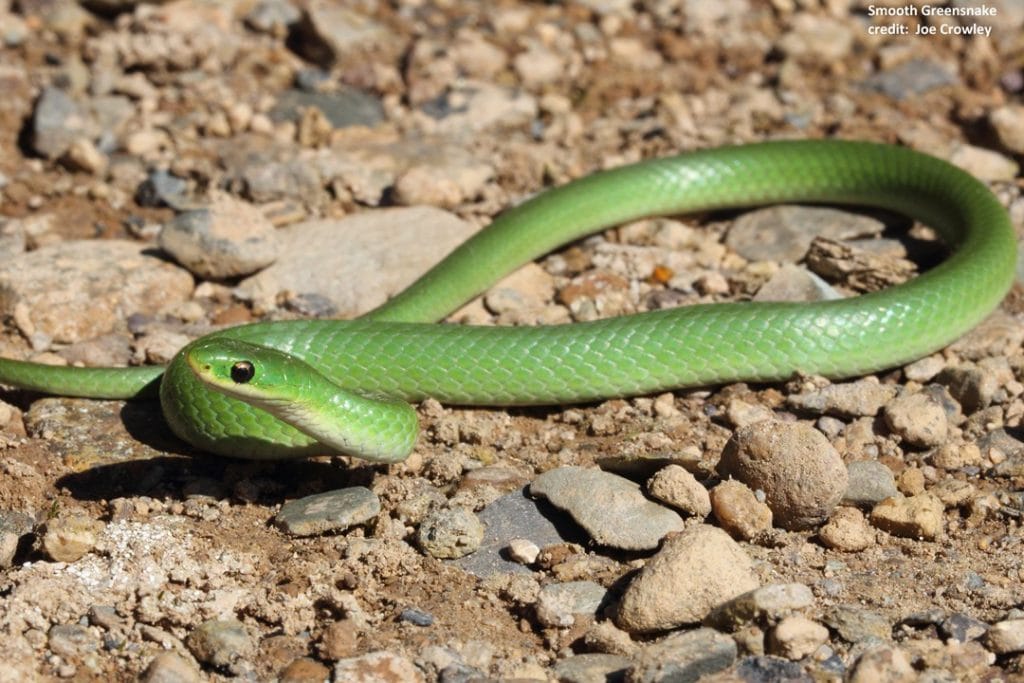
The diversity of life on Earth — biodiversity — provides us with a range of benefits and underpins essential ecosystems services. Biodiversity also has inherent value and deserves to be recognized, appreciated and conserved for its own sake. We need to protect biodiversity and use it in a sustainable way.
Healthy ecosystems support healthy people, animals and plants, as well as a healthy economy. Healthy ecosystems give us:
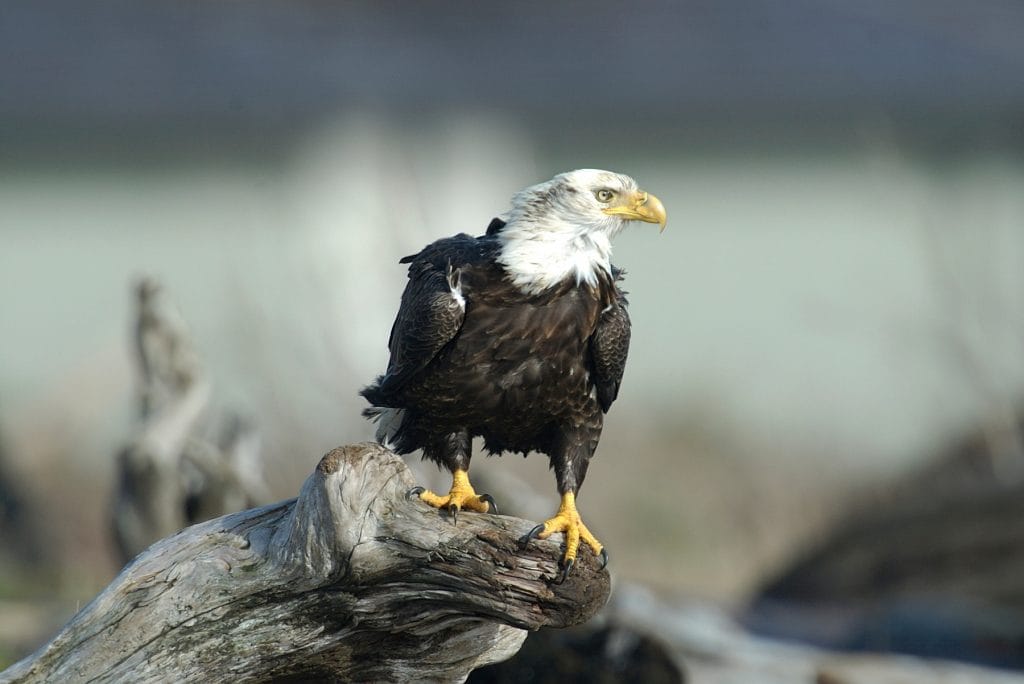
The number of people on Earth increases every year. This growing population means we take up more space and use more natural resources to feed, clothe, and house ourselves. These increased demands on our natural resources are threatening biodiversity in Ontario. Ontario’s Biodiversity Strategy identifies five major threats: pollution, climate change, habitat change, invasive species and unsustainable use of resources.
Each of these threats puts pressure on our biological resources and can lead to changes in the number and types of species and ecosystems present in Ontario. Species and ecosystems may be exposed to more than one of these threats at the same time. The increasing number of species at risk is a clear sign that our biodiversity is being threatened.
There are several challenges to conserving Ontario’s biodiversity. These challenges contribute to the loss of biodiversity in our province. By confronting these challenges head on, we’ll be better able to protect what sustains us.
Consumption Patterns: We place high demands on the planet’s natural resources. Our large and growing human population, along with our high Ecological Footprint have a negative impact on biodiversity.
Valuing Biodiversity: Traditionally, we have been more concerned with economic growth without considering the ecological costs. We need to consider nature in the balance sheets of our companies, communities and countries. Research has shown that pollination, water storage and purification and other ecosystem services are worth many billions of dollars in Ontario.
Investment of Resources and Funding: Efforts to protect and restore Ontario’s biodiversity have increased over the past decade but government and non-government sectors must allocate greater resources to protect, maintain, restore and understand biodiversity.
Understanding: Most people agree that protecting the environment is important but yet our actions can still impact it in a negative way. We need to understand the links between our everyday activities and decisions and their impact on our natural world. To successfully conserve biodiversity, we have to better understand it, and the motivation of individuals and organizations. And we have to better share information with partners here in Ontario and around the world.
Collaboration: Many agencies, organizations, institutions and levels of government are involved in biodiversity conservation. No one group can do it alone and to successfully protect what sustains us we must work together and cooperate to find new opportunities to collaborate.

There are serious threats and challenges to biodiversity conservation in Ontario but there are also opportunities to create solutions.
Ontarians care about the environment and many participate in efforts to conserve biodiversity. Ontario residents care about clean air and water, wildlife and parks. Ontario households actively participate in ‘reduce, reuse and recycle’ programs to limit the garbage we produce. Issues like climate change are prompting more awareness and action, and a growing understanding of the links between biodiversity and human health. And many households have shifted to buying locally grown produce and products.
Stewardship is a growing trend in Ontario as more and more people take an interest in the environment and protecting Ontario’s biodiversity. You can get involved in stewardship activities in your community via your local conservation authority or the stewardship network of Ontario.
You can monitor biodiversity in your own backyard and contribute to a greater understanding of the health of our plants and animals by getting involved in Citizen Science. Ontario Nature’s ‘Directory of Citizen Science‘ is a great place to find initiatives in your area.
Ontario has a number of laws that help protect biodiversity and sustainably use natural resources. The Endangered Species Act, the Far North Act, the Provincial Parks and Conservation Reserves Act, and the new Invasive Species Act all support biodiversity. You can read about and comment on environmental matters being proposed by the government ministries covered by the Environmental Bill of Rights by visiting the Environmental Registry.
We are at a critical point in Ontario if we are going to keep the valuable biodiversity we have. But this challenge is also an opportunity to take action now to ensure that we can pass Ontario’s immense natural wealth to our children and grandchildren.
Follow Us
